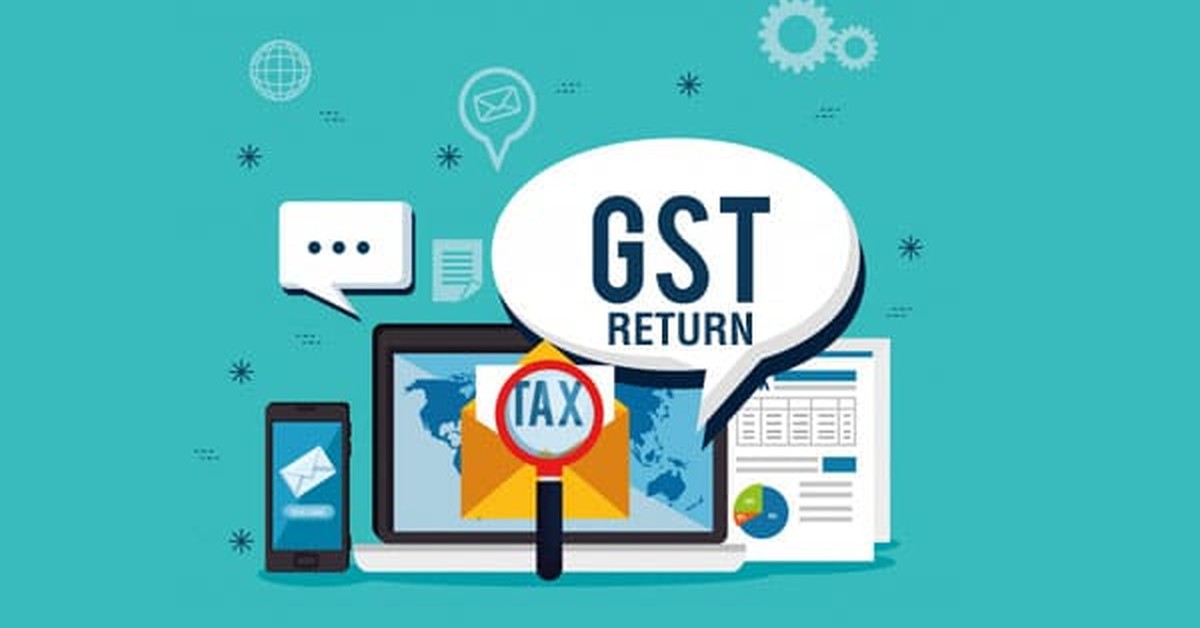Introduction
GSTR 9 is an annual return that has to be filed by all registered taxpayers under the Goods and Services Tax (GST) regime in India. It is a consolidated return that summarizes the details of all GST returns filed by the taxpayer during a financial year.
It is an important form for taxpayers to file as it helps the government to keep track of the GST compliance of taxpayers. It also helps taxpayers to maintain accurate records of their GST transactions and ensure that they are in compliance with the GST laws.
In order to accurately complete the GSTR-9 return, registered taxpayers are required to maintain detailed records of their inward and outward supplies, as well as any advances received or made. This includes information such as the value of the supplies, the GST rate applicable to the supplies, and the GST paid or payable on the supplies.

The GSTR-9 return includes several sections that require information on the inward and outward supplies made by the taxpayer during the financial year. These sections include:
- Details of outward supplies and inward supplies liable to reverse charge: This section requires information on the value and GST paid or payable on outward supplies made to registered taxpayers and unregistered persons, as well as inward supplies received from registered taxpayers that are liable for reverse charge.
- Details of advances received and adjustments made: This section requires information on any advances received from registered taxpayers or unregistered persons, as well as any adjustments made to the advances.
- Details of exempt, nil-rated and non-GST inward supplies: This section requires information on inward supplies that are exempt from GST, nil-rated, or not liable for GST.
- Details of imports: This section requires information on imports of goods and services and the GST paid or payable on these imports.
- Details of tax paid: This section requires information on the GST paid or payable on all inward and outward supplies made during the financial year.
Reasons to file GSTR9
There are several reasons to file GSTR 9:
- It helps taxpayers to maintain accurate records of their GST transactions.
- It enables the government to assess the tax liability of taxpayers and ensure that they are paying the correct amount of GST.
- It is a statutory requirement under the GST laws in India. Taxpayers who fail to file their GSTR 9 returns on time may be liable to pay late fees and interest, as well as other penalties for non-compliance.
- Filing GSTR 9 on time is crucial for businesses to maintain a good standing with the government.
- It provides a comprehensive summary of the taxpayer's GST liability and transactions during the financial year. This helps in providing transparency and ensuring that the taxpayer has accurately reported their GST liability and claimed the correct input tax credit.
- It helps in reconciling the GST liability and input tax credit reported in the monthly or quarterly GST returns (GSTR 1, GSTR 2, and GSTR 3) with the annual financial statements. This helps in identifying and rectifying any errors or discrepancies in the GST returns filed during the financial year.
Who is required to File GSTR 9?
All registered taxpayers under GST are required to file GSTR-9. GSTR-9 is typically filed by businesses that are registered as regular taxpayers under GST. This includes businesses that are engaged in the supply of goods or services and are registered for GST on a voluntary basis or are required to be registered under GST laws.
Details required for annual return and Reconciliation Statement
GSTR 9 consists of several tables that require the taxpayer to furnish details of their GST liability, input tax credit, and other transactions during the financial year. The specific details required to be furnished in GSTR 9 are as follows:
- Table 4: Details of advances, inward and outward supplies made during the financial year on which tax is payable
- This table requires the taxpayer to furnish details of the outward and inward supplies made during the financial year, as well as the tax liability and input tax credit claimed. The details should be reported based on the tax rate, whether the supplies are taxable, exempt, or zero-rated, and whether they are intra-state or inter-state.
- Table 5: Details of Outward supplies made during the financial year on which tax is not payable
- Table 6: Details of ITC availed during the financial year
- Table 7: Details of ITC reversed and Ineligible ITC for the financial year
- Table 8: Other ITC-related information
- Table 9: Details of tax paid as declared in returns filed during the financial year
- Table 10,11,12&13: Details of the previous Financial Year's transactions reported in next Financial Year
- Table 14: Differential tax paid on account of declaration in table no. 10 & 11
- Table 15: Particulars of Demands and Refunds
- Table 16: Supplies received from Composition taxpayers, deemed supply by job worker and goods sent on approval basis
- Table 17: HSN-wise summary of Outward Supplies
- Table 18: HSN-wise summary of Inward Supplies
Due Dates for Filling GSTR9
The due date for filling GSTR-9 (FY 2021-2022) is on or before 31 December 2022. It is also important to note that registered taxpayers who fail to file their GSTR-9 return by the due date may be subject to late fees and other penalties. Therefore, it is important to ensure that the GSTR-9 return is filed on time in order to avoid these penalties.
Late Fee and penalties
Registered taxpayers who fail to file their GSTR-9 yearly return by the due date may be subject to late fees. The late fee for failing to file the GSTR-9 return is INR 200 (INR 100 for CGST and SGST each.
Hence, it is important to ensure that the GSTR-9 return is filed on time in order to avoid these penalties and to remain in compliance with GST laws and regulations in India.





 CAclubindia
CAclubindia
